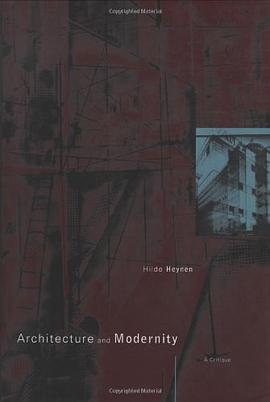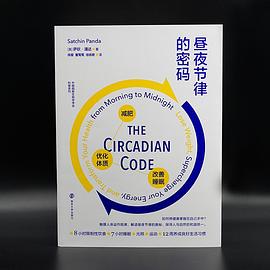Architecture and Modernity
内容简介
Critical theories such as those of the Frankfurt School of the twenties and thirties gave rise to a complex and sophisticated critique of modernity and modernism. The history and theory of twentieth-century architecture, which developed rather independently of this rich tradition, appear naive and unbalanced in comparison. In this exploration of the relationship between modernity, dwelling, and architecture, Hilde Heynen attempts to bridge this gap between the discourse of the modern movement and cultural theories of modernity. On one hand, she discusses architecture from the perspective of critical theory, and on the other she modifies positions within critical theory by linking them with architecture. She assesses architecture as a cultural field that structures daily life and that embodies major contradictions inherent in modernity, arguing that architecture nonetheless has a certain capacity to adopt a critical stance vis-a-vis modernity.Besides presenting a theoretical discussion of the relation between architecture, modernity, and dwelling, the book provides architectural students with an introduction to the discourse of critical theory. The subchapters on Walter Benjamin, Ernst Bloch, Theodor Adorno, and the Venice School (Tafuri, Dal Co, Cacciari) can be studied independently.
......(更多)
作者简介
......(更多)
目录
......(更多)
读书文摘
这一表述院子一种近乎原型般的空间体验,那是在19世纪的大梁构筑物(girder constructions)中获得的感受,如置身于埃菲尔铁塔或玛塞城运输桥中。
他对现代建筑的迷恋源于1923年对第一节包豪斯展览会(Bauhauswoche)的一次参观活动,及其1925年与柯布的偶遇。
......(更多)






